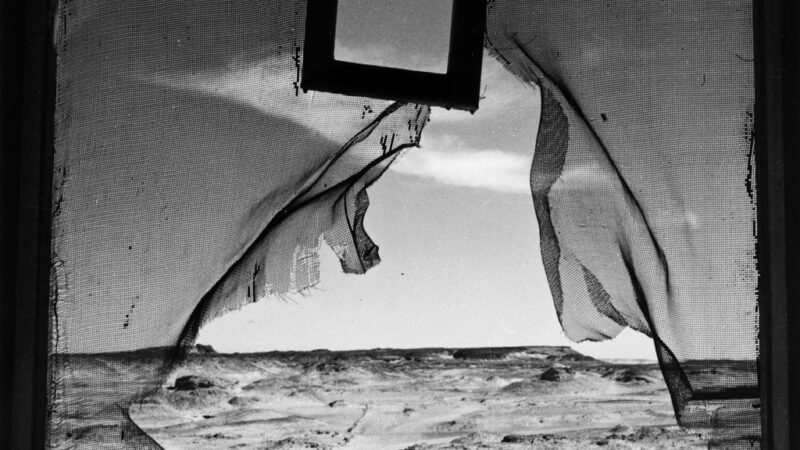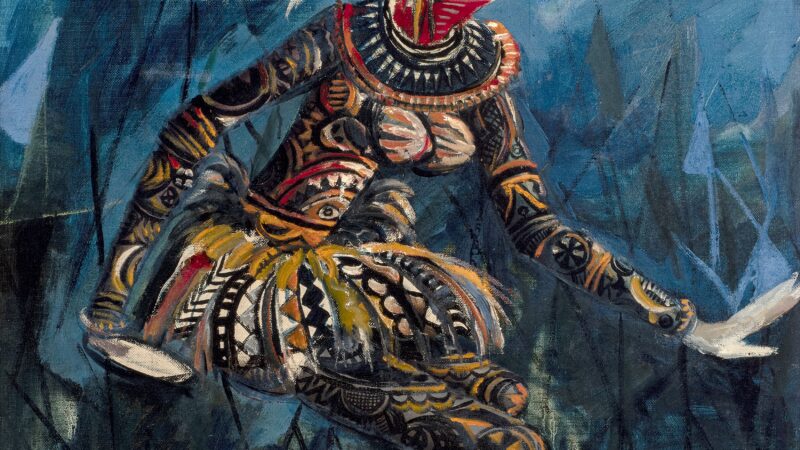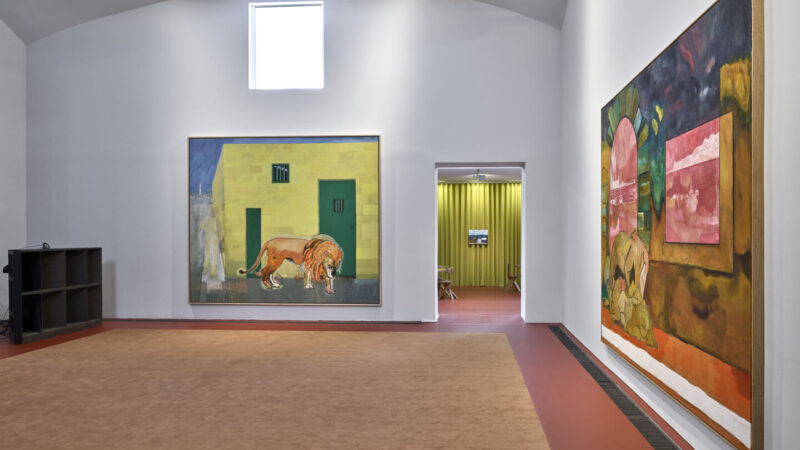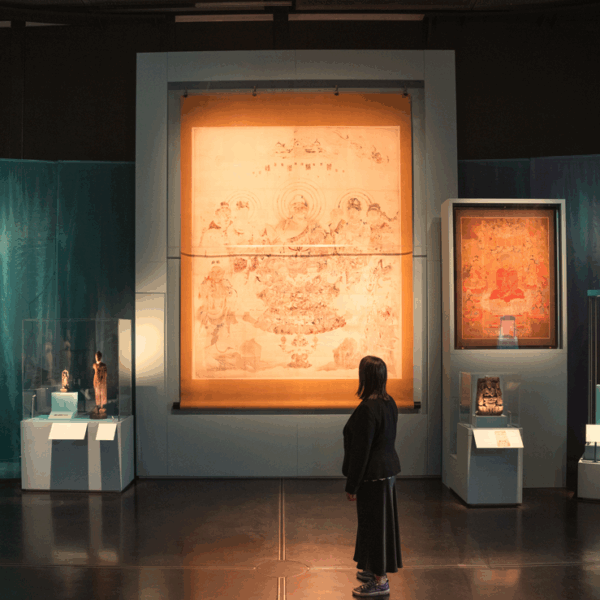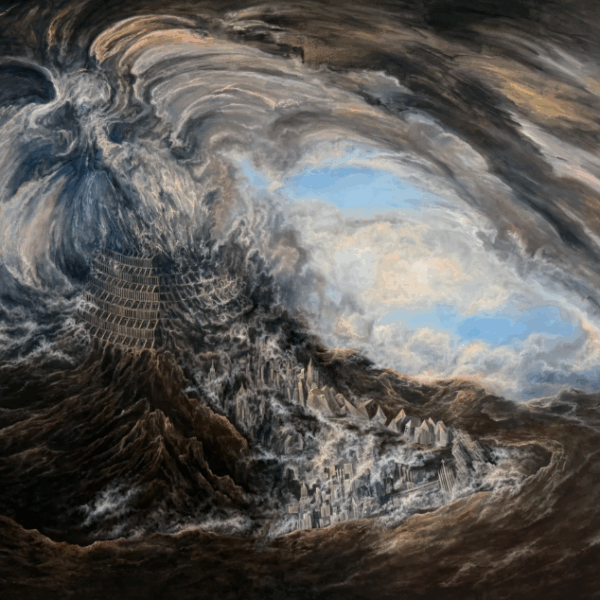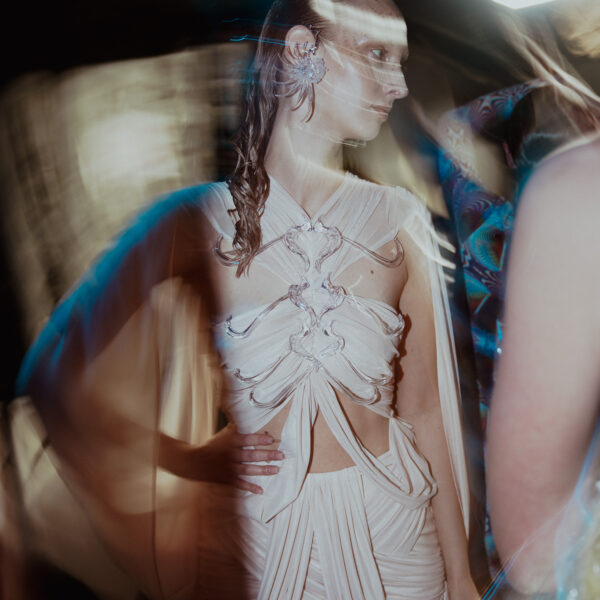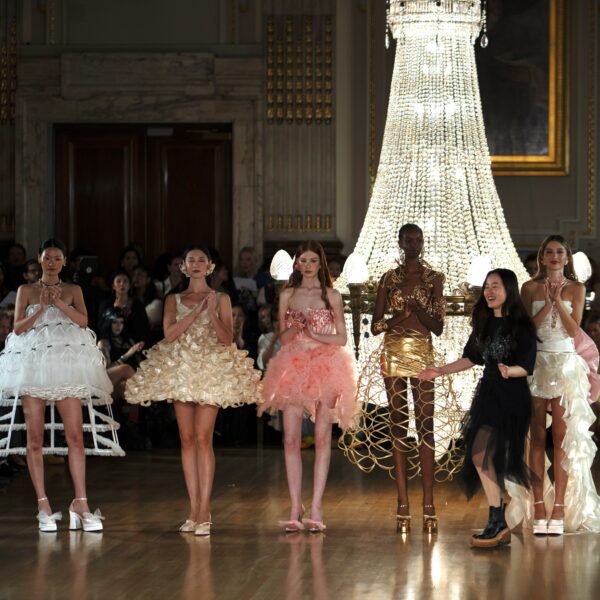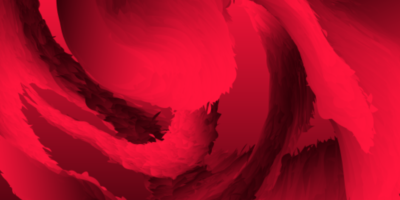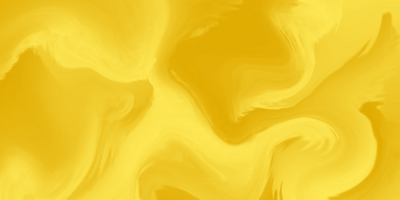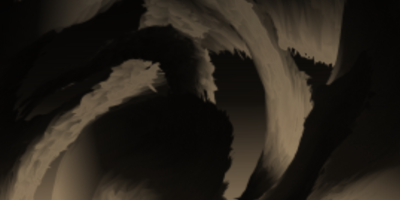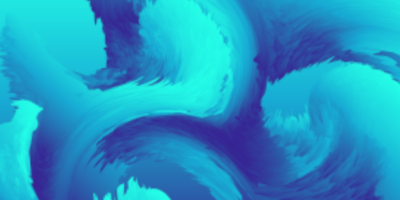Bona de Mandiargues | Alison Jacques
The Alison Jacques gallery will open a new exhibition on 16 May spotlighting the long-overlooked Italian artist Bona de Mandiargues, whose surreal and sensual works are gaining fresh attention on the international stage. Curated by art historian and writer Simon Grant, the exhibition marks the first solo presentation of de Mandiargues’s work in the UK, and spans more than four decades of her career, from 1951 to 1995.
Born in Rome in 1926 and later based in Paris, de Mandiargues created a body of work that defies easy categorisation—rooted in surrealism but deeply personal and often unsettling. Her imagery includes androgynous figures, mythical creatures, and dreamlike tableaux, expressed through paintings, collages, mixed-media assemblages, and vibrant works on paper in colour pencil and gouache.
After her first institutional retrospective at the Nivola Museum in Sardinia in 2022, de Mandiargues has seen renewed curatorial interest. Her inclusion in major exhibitions such as the 2024 Venice Biennale (“Foreigners Everywhere,” curated by Adriano Pedrosa) and Surréalisme at Centre Pompidou in Paris has further cemented her international reappraisal.
Known earlier as Bona Tibertelli, she was influenced early on by her uncle, the painter Filippo de Pisis, and later absorbed the visual languages of Venetian mosaics, Sienese painting, and the metaphysical work of Giorgio de Chirico. After moving to Paris in 1947 and marrying the surrealist poet André Pieyre de Mandiargues, she entered the inner circle of surrealism, forging relationships with André Breton, Dorothea Tanning, Meret Oppenheim, and others. Man Ray photographed her multiple times.
A trip to Mexico in 1948 proved transformative. De Mandiargues abandoned traditional painting in favour of fabric-based collage, often using disassembled men’s jackets, whose linings she associated with the soul (l’anima/l’âme). Her so-called ragarts were stitched together by hand and machine, imbued with symbolism and layered meanings. “I flipped inside out the vests of men to get to the heart of their armour,” she explained. For her, scissors were as essential as paintbrushes.
The show highlights de Mandiargues’s use of sewing as a radical, feminist gesture—part destruction, part reconstruction. Her work confronts binaries—masculine and feminine, spiritual and material—using the tactile and the poetic to collapse these oppositions into singular, fluid forms.
Among the motifs explored is the androgynous snail, a central metaphor for the artist’s sense of fragmented identity and gender fluidity. “I envied the privilege of the snail who can move around with his house,” she once wrote. “By embracing the shapes of the spiral, I’m embracing the very structure of the universe.”
The exhibition offers a rare opportunity to explore the richly layered world of an artist who, after decades in the shadows of her more famous surrealist peers, is finally receiving the attention her work commands.


